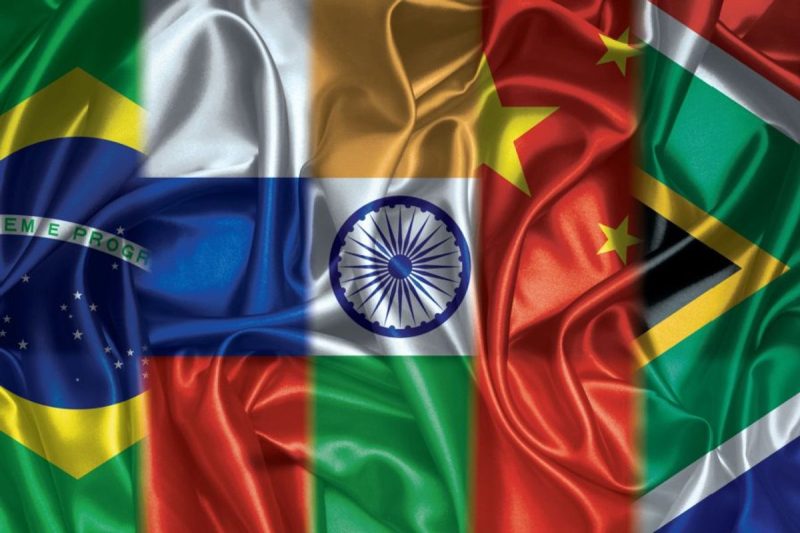For decades, many economists have posited the potential of a gold-backed international currency, with no single currency emerging so far. The idea of an international gold-backed currency has been discussed by the so-called BRICS countries (Brazil, Russia, India, China, and South Africa). The potential for this currency is something that shouldn’t be overlooked and the implications of this could have huge global economic implications.
The idea of the BRICS countries having a gold-backed currency was first proposed in 2011 by the Indian economist Arvind Subramanian. This proposal was very attractive to many economists who saw the potential in it. Subramanian proposed that the gold should be held by an international entity, similar to the way the International Monetary Fund holds gold reserves. This would provide an international currency that is free from any single country’s influence and could be used in global transactions.
There are several benefits to having a gold-backed currency, the most obvious being that it would have more stability than other currencies. Gold has an intrinsic value, which means that it can’t be manipulated by a central bank or government. This can provide some protection against inflation. Additionally, having a gold-backed currency would also open up opportunities for trade between the BRICS countries, as the value of the BRICS currency would remain relatively stable, regardless of changes in their individual currencies.
Another potential benefit of a BRICS gold-backed currency is it could serve as a reserve currency. This means that the BRICS nations would be able to borrow money from the international markets in the form of the reserve currency, which would help strengthen their economies. Furthermore, having a reserve currency would also give the BRICS countries more bargaining power when negotiating with other countries.
However, there are some drawbacks that come with a gold-backed currency, and this should be taken into consideration before any decision is made. Firstly, gold can be volatile, meaning that its value can fluctuate significantly. This could create instability in the BRICS currency. Additionally, gold is becoming an ever more rare commodity, and it could be a challenge to secure enough gold reserves to back a currency on an international scale.
In conclusion, the potential for a gold-backed BRICS currency should not be overlooked. While it’s not without some risks, having a reserve currency could boost the economies of the BRICS countries and provide an alternative to current global currencies. As such, it should be carefully analyzed by economists before any decision is made.
“Unlocking the Possibilities: Could a Gold-Backed BRICS Currency be a Reality?






